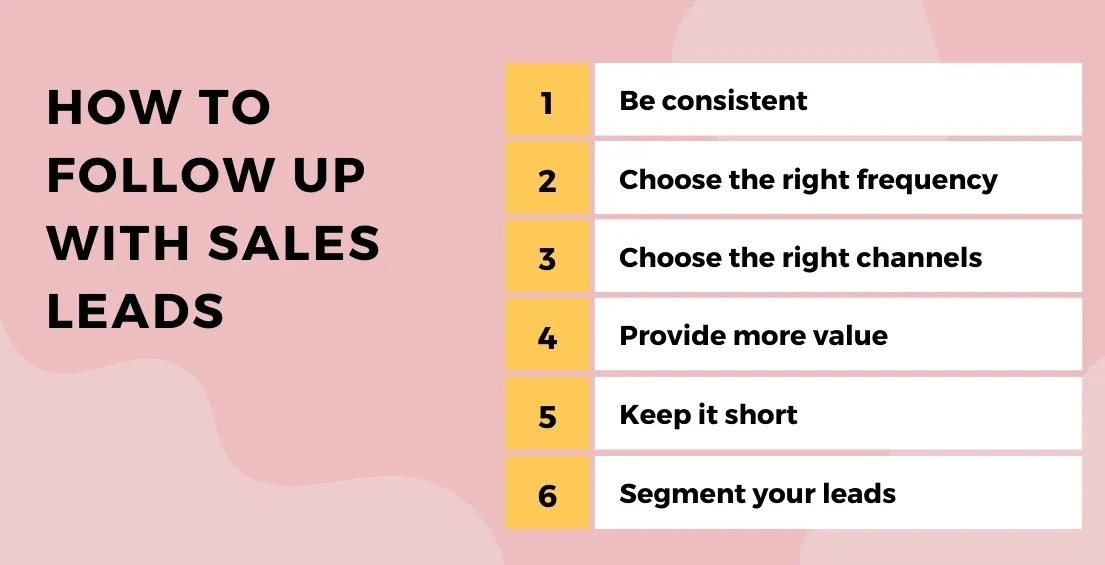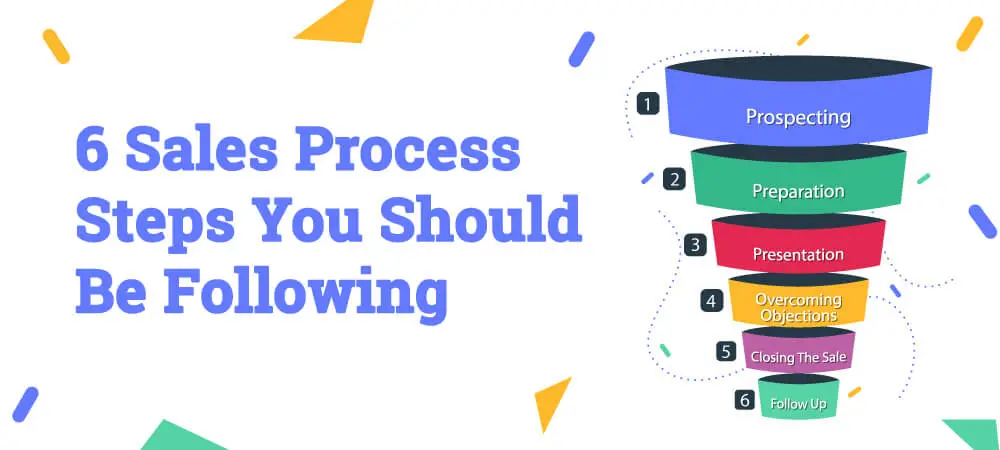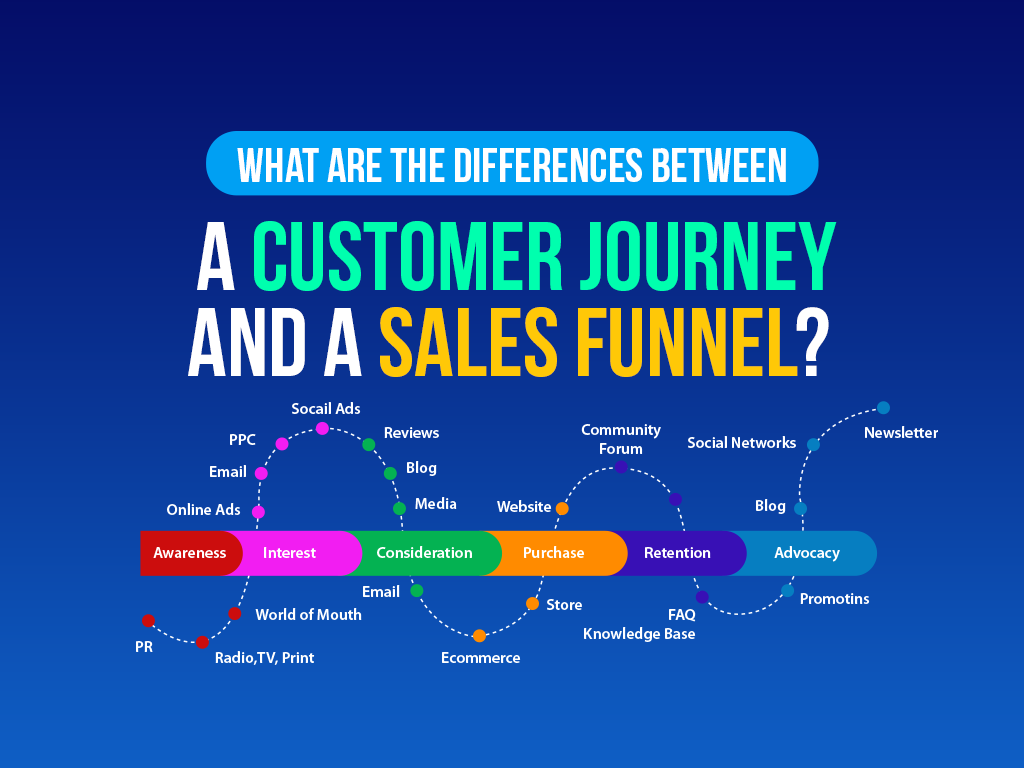What are the best practices for following up with leads?
What are the best practices for following up with leads? Just generating leads is not enough; converting them into customers is crucial for business growth. Following up with leads effectively can make a significant difference in the success of any sales team. In this blog post, we will discuss the best practices and strategies to follow up with leads in a way that maximizes conversion rates and fosters strong customer relationships. By implementing these proven techniques, businesses can enhance their sales processes, increase revenue, and build a loyal customer base.
Key Takeaways:
- Personalize your follow-up: Tailor your follow-up messages to each lead’s specific needs and interests.
- Timing is key: Follow up promptly after initial contact, but also engage in a sustained follow-up strategy over time.
- Provide value in each interaction: Offer helpful information or resources that are relevant to the lead’s needs and challenges.
- Use a mix of communication channels: Incorporate phone calls, emails, social media, and other channels to reach leads in the most effective way.
- Track and analyze your follow-up efforts: Monitor response rates, conversion rates, and other metrics to refine your follow-up strategies and improve future interactions.
Understanding Lead Behavior
Identifying Lead Qualification
Now, one of the crucial aspects of following up with leads effectively is identifying lead qualification. This involves assessing the readiness of a lead to make a purchase based on certain criteria such as budget, timeline, and specific needs that align with your product or service.
Recognizing Buying Signals
Identifying buying signals is key to understanding when a lead is ready to move forward in the sales process. These signals can be both explicit, such as asking about pricing or product features, or implicit, like increased engagement with your content or repeated inquiries about your offerings.
Plus, it’s important to pay attention to non-verbal cues that indicate a lead’s interest level, such as frequent website visits or interactions with your emails. By recognizing these buying signals, you can tailor your follow-up approach to meet the lead’s needs and move them closer to making a purchase decision.
Timing of Follow-Ups
Best Time to Contact Leads
To maximize the success of your follow-ups, it is crucial to reach out to leads at the right time. Research shows that the best time to contact leads is typically on weekdays between 4 pm and 5 pm local time. This timeframe is when professionals are winding down their workday and are more likely to be receptive to communication. Additionally, reaching out in the early morning between 8 am and 10 am can also be effective as individuals are just starting their day and may have more time to engage with your message.
Frequency of Follow-Up Attempts
With respect to following up with leads, finding the right balance in the frequency of your attempts is key. While it’s important to stay persistent, bombarding leads with too many follow-up messages can be off-putting and lead to disengagement. A general rule of thumb is to follow up with leads consistently but not excessively. Start with an initial follow-up after the first interaction, then space out subsequent attempts strategically, such as every few days or once a week, depending on the urgency of the lead’s needs.
Leads appreciate a well-thought-out and respectful approach to follow-ups that demonstrates your interest in their needs without overwhelming them with communication. By finding the optimal timing and frequency for your follow-up attempts, you can increase your chances of converting leads into valuable customers.
Methods of Follow-Up
Communication Channels
Any successful follow-up strategy involves utilizing a mix of communication channels to engage with leads effectively. This includes email, phone calls, social media platforms, and even in-person meetings. Each channel offers a unique way to connect with leads and provides an opportunity to personalize your approach based on their preferences.
Personalization Strategies
Any effective follow-up plan should incorporate personalization strategies to enhance the connection with leads. Addressing leads by name, referencing previous interactions, and tailoring content to their specific needs and interests can significantly improve engagement and responsiveness. Personalized follow-ups demonstrate that you value the relationship and can set you apart from competitors.
Methods of personalization can also include sending targeted content or offers based on the lead’s behavior or preferences, acknowledging milestones or achievements, and using a lead’s preferred communication channel.
Nurturing Long-Term Lead Relationships
Providing Continuous Value
To nurture long-term lead relationships, it is crucial to provide continuous value to your leads. This means offering them relevant and valuable information, resources, and support throughout their engagement with your company. By consistently delivering content that addresses their pain points and offers solutions, you can build trust and credibility with your leads, ultimately strengthening your relationship and increasing the likelihood of conversion.
Leveraging Feedback and Adjustments
With the fast-paced nature of business, it is important to leverage feedback and make necessary adjustments to your lead nurturing strategies. Gathering feedback from leads on their experiences with your brand can provide valuable insights into areas for improvement and optimization. By actively listening to their feedback, you can tailor your approach to better meet their needs and preferences, ultimately enhancing the effectiveness of your lead nurturing efforts.
Value
Ultimately, providing continuous value and leveraging feedback are important components of nurturing long-term lead relationships. By focusing on delivering relevant content and actively seeking feedback for improvement, you can build strong connections with your leads and increase the likelihood of converting them into loyal customers.
Final Words
Summing up, following up with leads effectively is crucial for converting potential customers into actual clients. By implementing best practices such as timely responses, personalized communication, and nurturing relationships, businesses can significantly improve their lead conversion rates. For more insights on the best practices for creating an effective lead follow-up strategy, check out our other blogs at Pulse Business and if you like the article support us Rajdeep Chauhan






